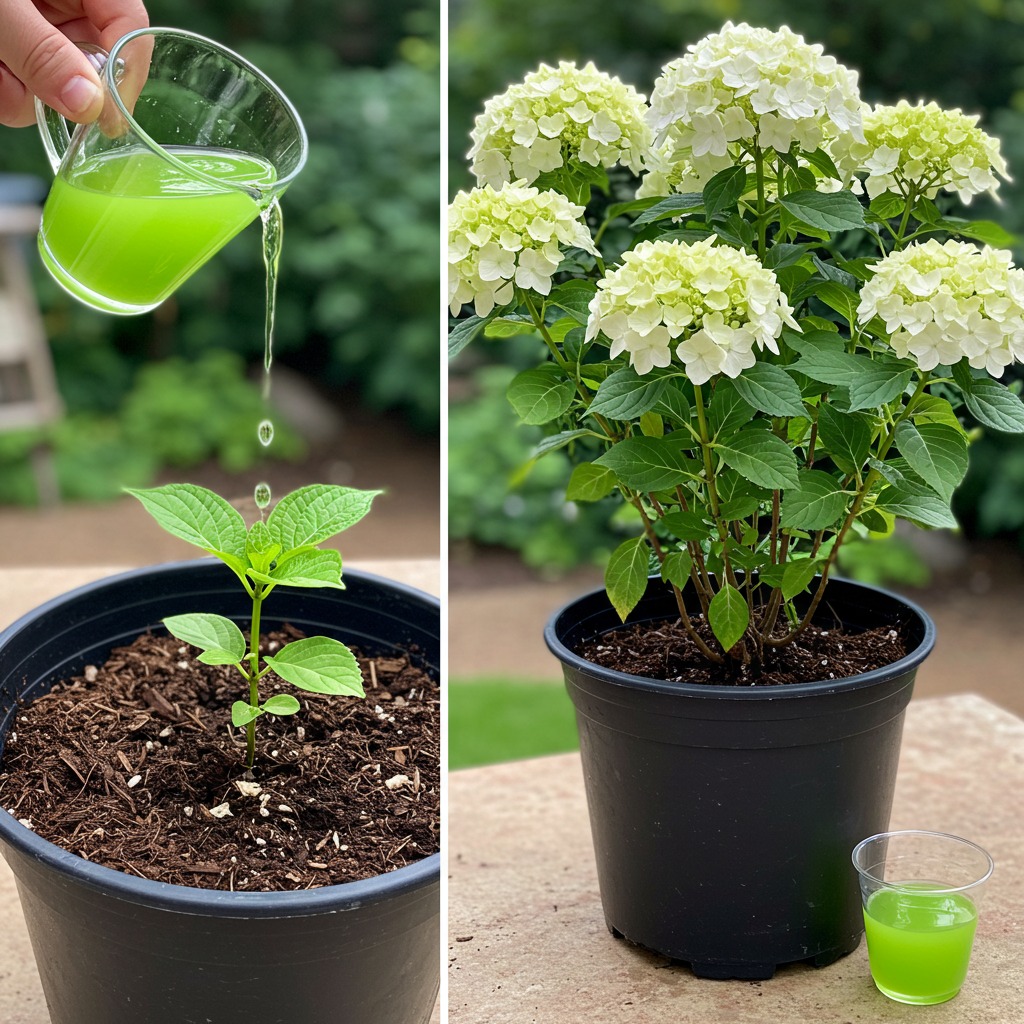Easy Tricks to Grow Gorgeous Hydrangeas in Your Garden
Hydrangeas are among the most striking and beloved flowering shrubs in any garden. With their large, colorful blooms and lush foliage, they add instant charm and elegance to any outdoor space. The best part? Despite their sophisticated appearance, hydrangeas are surprisingly easy to grow and care for—with a few simple tricks.
Whether you’re planting them for the first time or looking to improve your results, this guide will help you grow healthy, beautiful hydrangeas that will impress all who see them.
Why Choose Hydrangeas?
Hydrangeas offer more than just visual appeal. Here’s why gardeners love them:
Versatility: They grow well in borders, containers, hedges, or as stand-alone features.
Bloom Variety: From ball-shaped clusters to delicate lacecaps, their flower forms vary widely.
Color Options: Depending on the soil pH, you can grow pink, blue, purple, or white flowers.
Long Blooming Season: Many varieties bloom from late spring well into summer.
Their adaptability and dramatic blooms make them a standout addition to almost any garden.
Choosing the Right Hydrangea Type
There are several types of hydrangeas, and choosing the right one is essential for success in your space. Here are the most common varieties:
Hydrangea macrophylla (Bigleaf): Known for its mophead or lacecap blooms; flower color changes with soil pH.
Hydrangea paniculata (Panicle): Cone-shaped flower clusters; very hardy and sun-tolerant.
Hydrangea arborescens (Smooth): Includes the popular ‘Annabelle’ variety; ideal for colder climates.
Hydrangea quercifolia (Oakleaf): Distinctive oak-like leaves and excellent fall color.
Consider your climate, sunlight, and desired flower type before choosing a variety.
Best Location and Soil for Hydrangeas
Hydrangeas thrive when planted in the right location. Most varieties prefer:
Morning sun and afternoon shade: Especially important in hot climates.
Shelter from strong winds, which can damage large flower heads.
Well-draining soil: Avoid heavy clay or constantly soggy areas.
Amend the soil with compost or organic matter to ensure good drainage and fertility. Hydrangeas also prefer slightly acidic soil, especially if you’re hoping for blue blooms.
Planting Hydrangeas the Right Way
Follow these simple steps for planting success:
Dig a hole that’s twice as wide as the root ball and just as deep.
Gently remove the plant from its container and loosen the roots.
Place it in the hole so the top of the root ball is level with the surrounding soil.
Backfill with amended soil and water thoroughly.
Add a 2–3 inch layer of mulch to retain moisture and suppress weeds.
Plant in spring or fall for the best results, avoiding the hottest summer days.
Watering and Feeding
Hydrangeas love moisture but don’t like sitting in soggy soil. Here’s how to keep them hydrated and healthy:
Water deeply once or twice a week, especially during dry spells.
Avoid shallow watering—it encourages weak, surface-level roots.
Apply a balanced, slow-release fertilizer in early spring and again in midsummer if needed.
For blue flowers, add soil acidifiers like aluminum sulfate. For pink, use lime to raise the pH.
Consistent moisture and occasional feeding are the keys to strong growth and vibrant blooms.
Pruning Tips for Bigger Blooms
Pruning needs vary by hydrangea type:
Bigleaf and Oakleaf hydrangeas bloom on old wood (last year’s stems), so prune only after flowering.
Panicle and Smooth hydrangeas bloom on new wood, so you can prune them in late winter or early spring.
In general:
Remove dead or weak stems to improve airflow.
Shape the plant to encourage fuller growth.
Don’t over-prune—hydrangeas don’t require drastic cutting to thrive.
Knowing your hydrangea variety ensures proper pruning and better flowering.
Changing Bloom Colors (Optional)
One of the fun aspects of hydrangeas—especially Bigleaf types—is the ability to change their bloom color:
Blue flowers: Add aluminum sulfate or sulfur to make the soil more acidic (pH 5.2–5.5).
Pink flowers: Add lime to raise the soil pH above 6.0.
Note: White varieties typically do not change color based on soil pH.
Protecting Hydrangeas Through the Seasons
Hydrangeas are hardy, but a little seasonal care helps them thrive:
In summer, keep them well-watered and mulched.
In fall, stop fertilizing and allow the plant to go dormant.
In winter, add a thick mulch layer around the base in colder regions, especially for Bigleaf and Oakleaf types.
In very cold zones, cover the base with burlap or a frost cloth to protect buds from freezing.
Conclusion
continued on next page
ADVERTISEMENT

